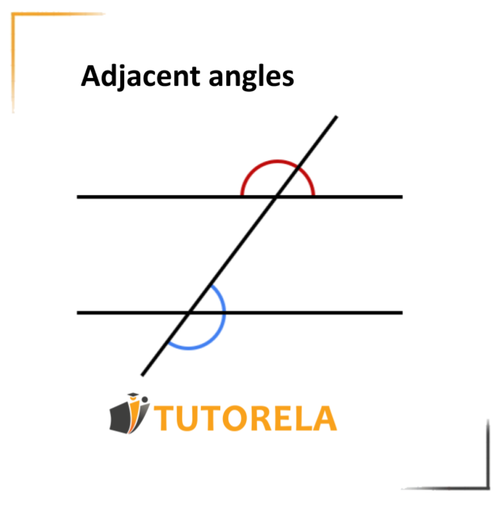To solve this problem, consider the following explanation:
When dealing with the concept of corresponding angles, we are typically considering two parallel lines cut by a transversal. The property of corresponding angles states that if two lines are parallel, then any pair of corresponding angles created where a transversal crosses these lines are equal.
Given the problem: If one of the corresponding angles is a right angle, we need to explore if this necessitates that the other corresponding angle is also a right angle.
Let’s proceed with the steps to solve the problem:
- Step 1: Recognize that we are discussing corresponding angles formed by a transversal cutting through two parallel lines.
- Step 2: Apply the property that corresponding angles are equal when lines are parallel. This means if one angle in such a pair is a right angle, then the other must be equal to it.
- Step 3: Since a right angle measures 90∘, the other corresponding angle must also measure 90∘ since they are equal by the property of corresponding angles.
Therefore, based on the equality of corresponding angles when lines are parallel, if one corresponding angle is a right angle, the other angle will also be a right angle.
The final conclusion for the problem is that the statement is True.
